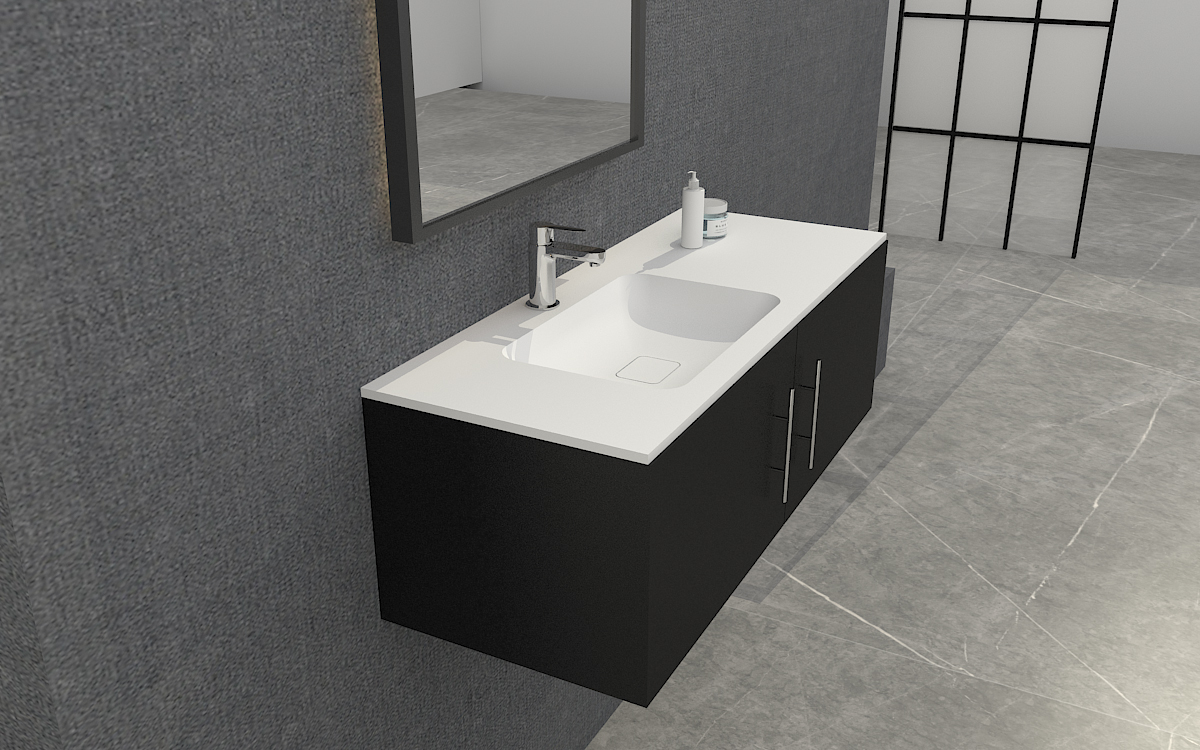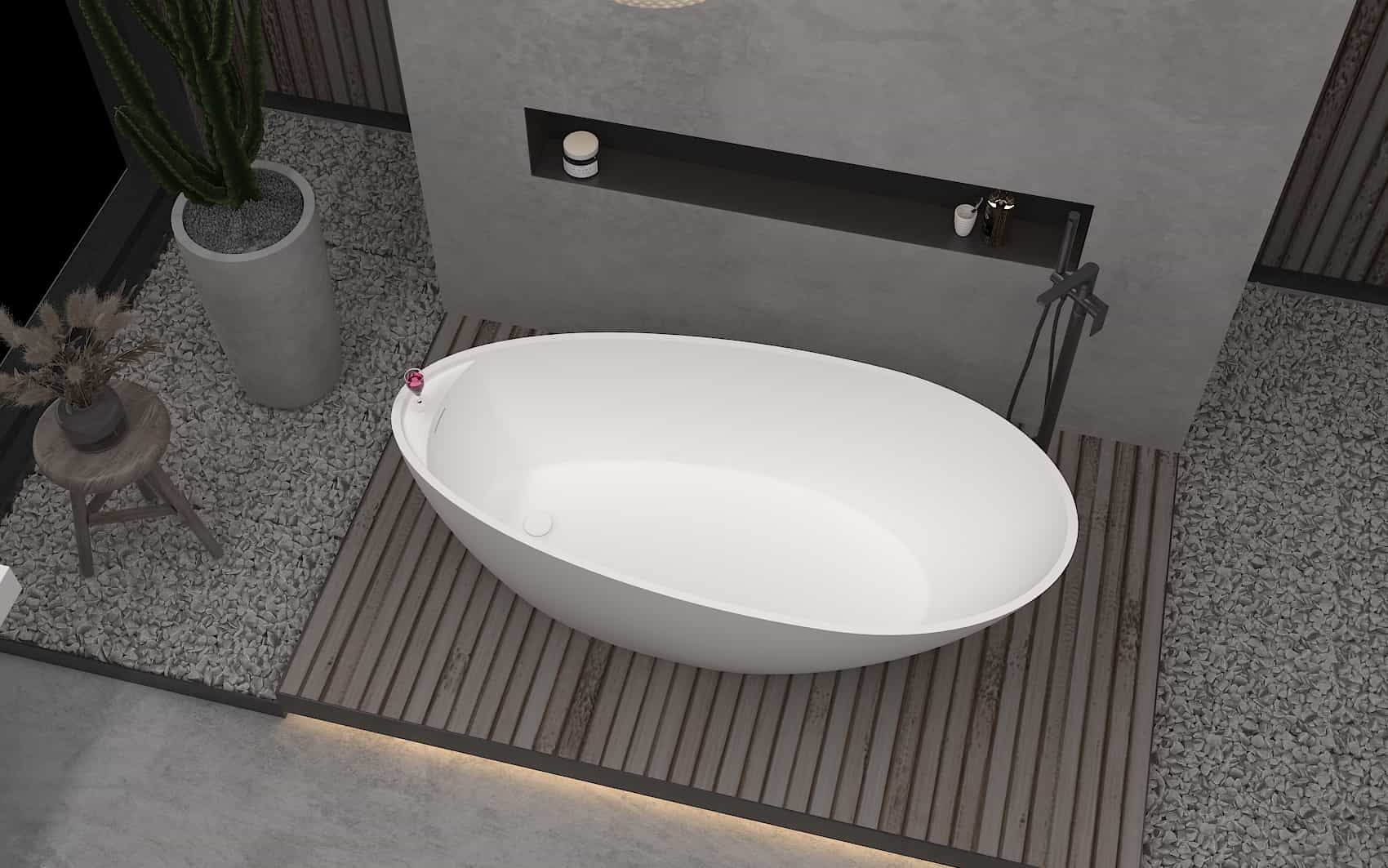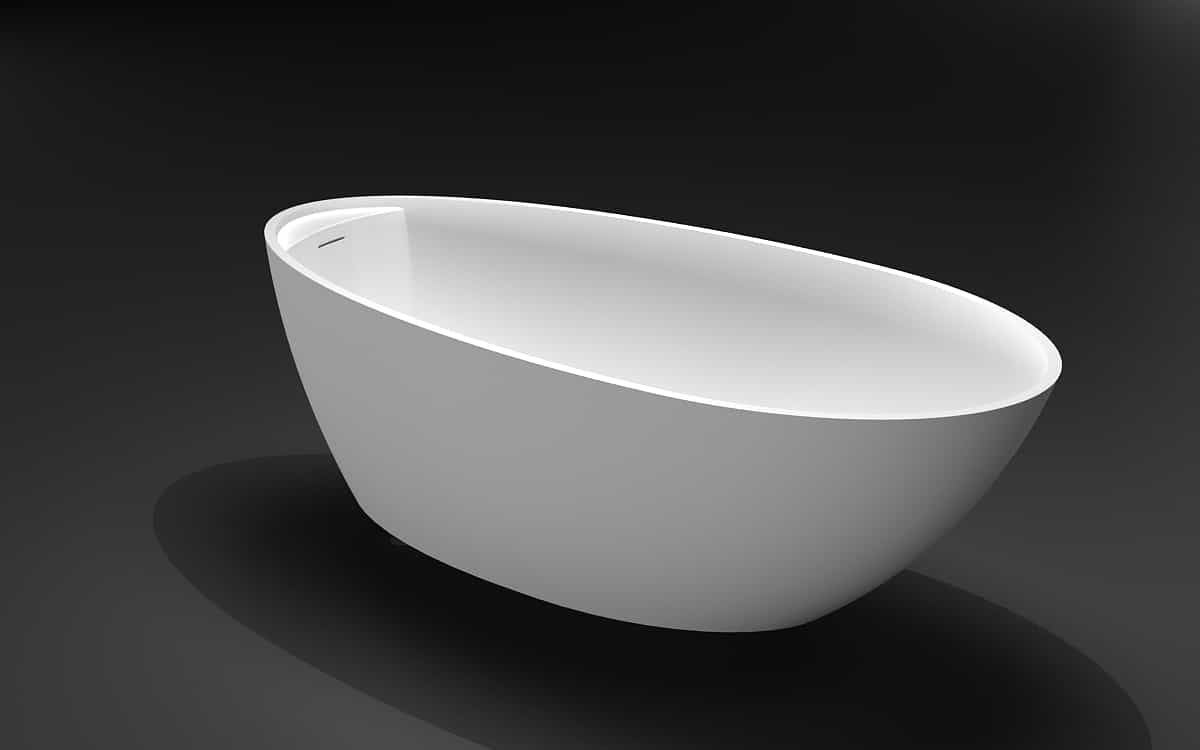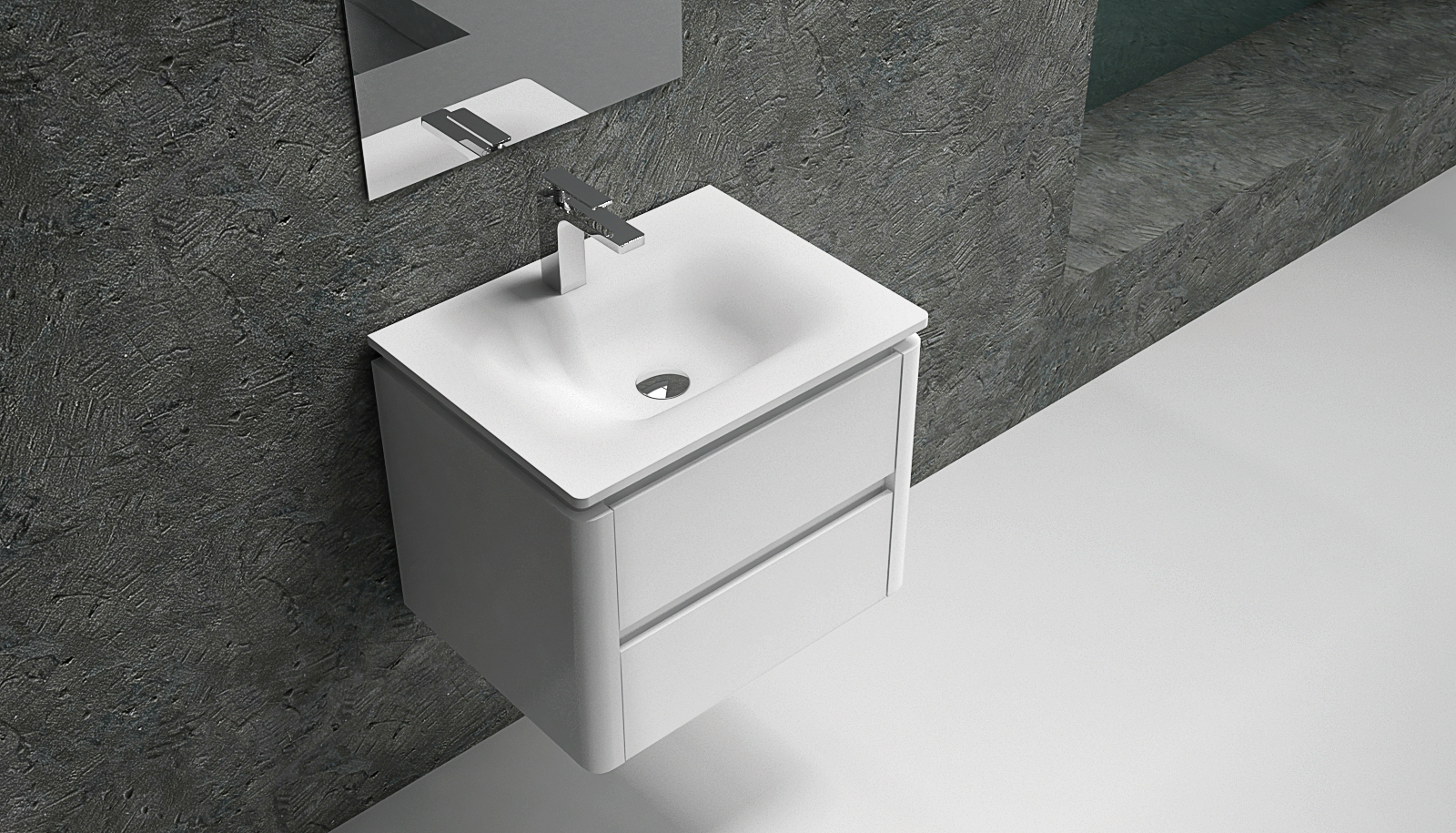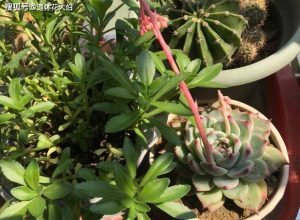
Hanging Orchid
Function
Hanging orchid breeding in fact does not need too much effort, in the maintenance of ordinary days the main thing is to regular watering, prevent it from accidental injury on it, but the difficulty is to insist on attention, can not forget long-term disregard, hanging orchid can absorb toxic and harmful gases in the air, for example, the absorption of carbon monoxide and formaldehyde can reach 95% and 85% respectively, equivalent to an air purifier.
Planting method
Hanging orchids are cultivated in open fields or greenhouses all over China. Hanging orchids cannot be overwintered in open fields in Xi’an, and must be cultivated indoors at no less than 5℃. Normally, it is enough to keep the potting soil moist, not dry, and not too wet. Hanging orchid has strong sprouting power, fast growth, and easy to grow full pots, so the pots should be changed once every two years.
Manzanita
Function
Mangosteen is a protective umbrella against bacteria and viruses. The plant’s aroma has an antibacterial component that removes bacteria and viruses from the air and has a health function.
Planting methods
The key to mangosteen management is watering. Watering should be controlled during the spring and summer seasons, generally by keeping the surface of the pot dry before watering, so that the top and bottom of the pot are moist and do not contain too much water.
Rubber Tree
Function
Rubber tree has some resistance to harmful gases in the air such as carbon monoxide, carbon dioxide, hydrogen fluoride. It also eliminates respirable particulate pollution and provides effective dust retention for indoor dust.
Planting method
Keep the soil in a dry or slightly damp state. It is best to expose it to direct sunlight for at least 4 hours a day.
Palm Bamboo
Functions
It can absorb more than 80% of harmful gases and purify the air, eliminate heavy metal pollution and resist sulfur dioxide pollution, and digest carbon dioxide and produce oxygen.
Planting methods
The soil should be moist, rather wet than dry, but not waterlogged or the roots will rot easily. Shade is required during the growing season, and a well-ventilated environment is required.
Fortune Tree
Function
It can absorb toxic gases through photosynthesis and release oxygen; it can absorb carbon monoxide and carbon dioxide more effectively and has a certain effect on resisting the exhaust gas produced by burning tobacco.
Planting method
When placing the tree, the leaves must face the sun. Otherwise, the whole branch will be distorted because the leaves tend to be light. Every 3 to 5 days, spray the leaves with a spray bottle to facilitate photosynthesis. Watering should be wet rather than dry.
Ivy
Functions
Ivy is by far the most effective indoor plant for absorbing formaldehyde, with the leaves of ivy absorbing 1.48 mg of formaldehyde per square meter. It can also absorb benzene, up to 90% of indoor benzene under 24 hours of light. For particulate dust, it can also absorb it.
Planting method
Ivy likes warmth and should be placed indoors in a brightly lit place. However, it is afraid of heat and is not cold tolerant. In addition, it should be watered moderately and not allowed to get too wet, otherwise it will easily cause rotten roots and leaves.
Duckfoot
Function
Duckfoot can bring fresh air to a smoking home. Its leaves absorb nicotine and other harmful substances from the smoke-filled air and convert them into harmless plant-derived substances through photosynthesis.
Planting method
It prefers semi-shade and grows well indoors with about 4 hours of direct light per day. Be careful not to run out of water in the potting soil. Change the pot once a year in spring, and pay attention to drainage if you use plastic containers.
White crane taro (white palm)
Functions
It can suppress the exhaust gases exhaled by the human body, such as ammonia and acetone. It can also filter benzene, trichloroethylene and formaldehyde from the air. In addition, its high evaporation rate prevents the nasal mucous membranes from drying out, making illness much less likely.
Planting methods
As long as there is about 60% diffused light to meet its growth needs, it can be cultivated indoors with bright diffused light all year round. You should keep the potting soil moist, but avoid overwatering, as prolonged wetness in the potting soil can easily cause root rot and plant yellowing.
Aloe
Function
Aloe vera can absorb formaldehyde, carbon dioxide, sulfur dioxide, carbon monoxide and other harmful substances, especially for formaldehyde absorption is particularly strong, can also kill harmful microorganisms in the air, and can adsorb dust, to purify the living room environment has a great role.
Planting method
Aloe vera is afraid of water and likes to grow in loose soil with good drainage and not easily caked. The first planting of aloe vera should not be exposed to sunlight, but only in the morning, and then after ten days and a half months in normal sunlight.












